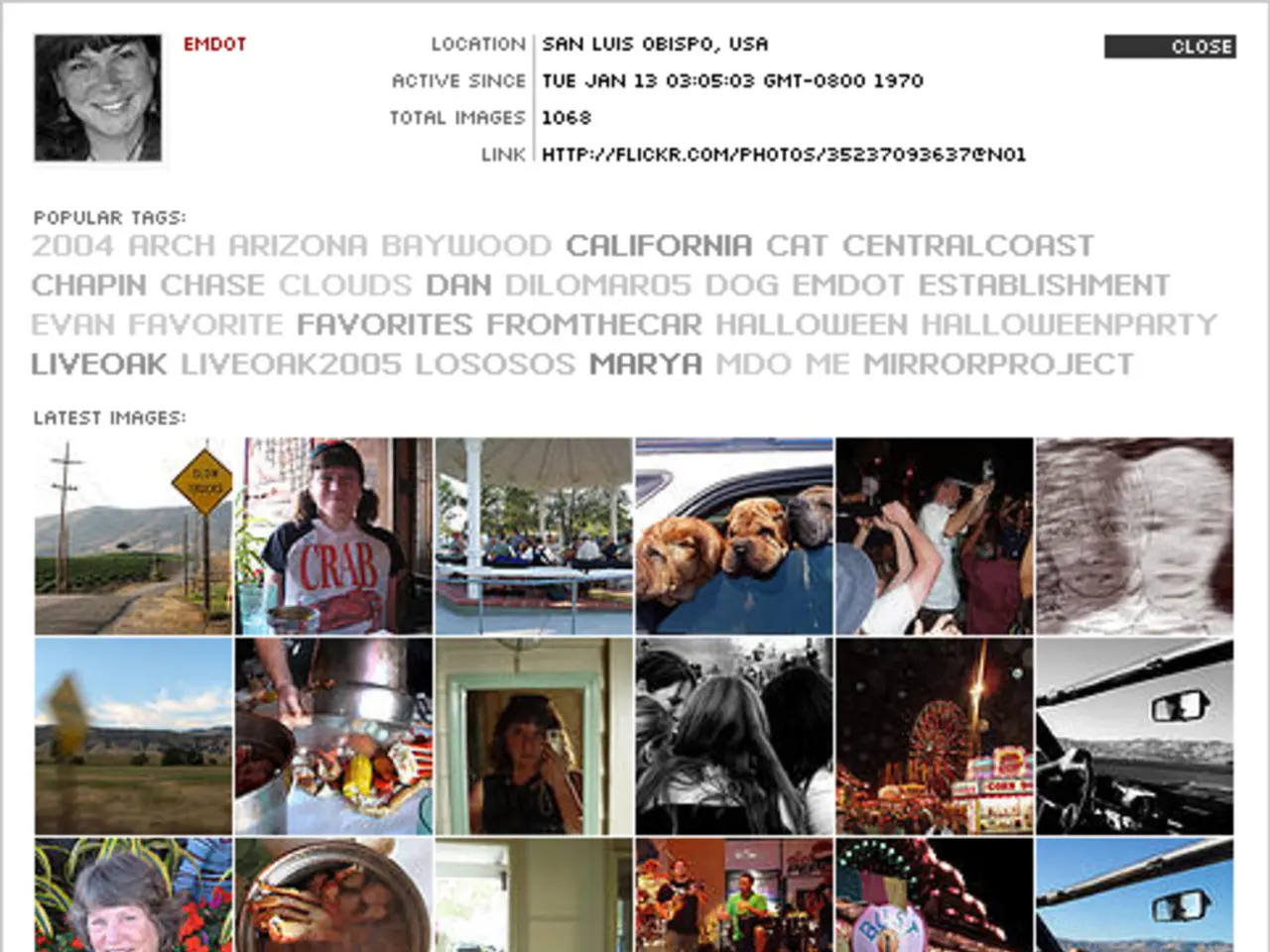Structured Data Formats with Open Linkages for Linked Data
The National Archives and Records Administration (NARA) has announced the release of a comprehensive Digital Preservation Framework, a valuable tool designed to ensure the long-term preservation of digital records. The framework, specific to NARA's context and holdings, encompasses a wide range of file formats and variants.
The Digital Preservation Framework includes various structured data formats, each with its associated file extensions. For instance, Extensible Markup Language (XML) and JavaScript Object Notation (JSON) are among the formats listed. Other formats such as Extensible Forms Description Language (XFDL), High Efficiency Image File Format (HEIF), and CALS Compressed Bitmap are also included.
Each format in the framework is categorised under Web Records, Software and Code, Structured Data, Textual and Word Processing. For example, C/C++/Objective-C Header File falls under Software and Code, while High Efficiency Image File Format (HEIF) is classified as Digital Still Image.
NARA's Linked Open Data, available in Resource Description Framework Terse RDF Triple Language (RDF Turtle) format, provides access to hundreds of formats. The URLs for the Digital Preservation Framework files can be accessed at
The properties of structured data records are documented in the Structured Data: Generic Preservation Plan. This plan serves as a valuable resource for testing tools and processes in format transformations, as well as for setting test criteria for such tools and processes.
It's important to note that the Digital Preservation Framework is not universally applicable, representing only the file formats and variant versions in NARA holdings, the current NARA risk assessment, processing capabilities, and tools in use at NARA. The framework does not represent all file formats or variant versions that may be relevant for digital preservation.
RDF Turtle files can be opened in any text editor, making the framework accessible to a wide audience. The Digital Preservation Framework as Linked Open Data includes the same elements as the Preservation Plans on GitHub.
The framework does not endorse or recommend any specific tools. However, the Structured Data: Generic Preservation Plan can be used as a guide for evaluating the effectiveness of tools and processes used in format transformations.
Structured data resides in fixed fields within records or files. Examples include data from relational databases, spreadsheets, marked up text, and plain-text delimited data. For a comprehensive list of the formats included in the Digital Preservation Framework, you can visit the [NARA Linked Open Data](https://www.archives.gov/preservation/digital-preservation/linked-data/browse) page.
The Digital Preservation Framework, a valuable tool for NARA, is based on data-and-cloud-computing technology and encompasses a wide range of structured data formats like Extensible Markup Language (XML), JavaScript Object Notation (JSON), Extensible Forms Description Language (XFDL), High Efficiency Image File Format (HEIF), and CALS Compressed Bitmap, amongst others. This framework, not universally applicable, is specifically designed for NARA's context and holdings, providing access to hundreds of formats coded in the Resource Description Framework Terse RDF Triple Language (RDF Turtle) format.




